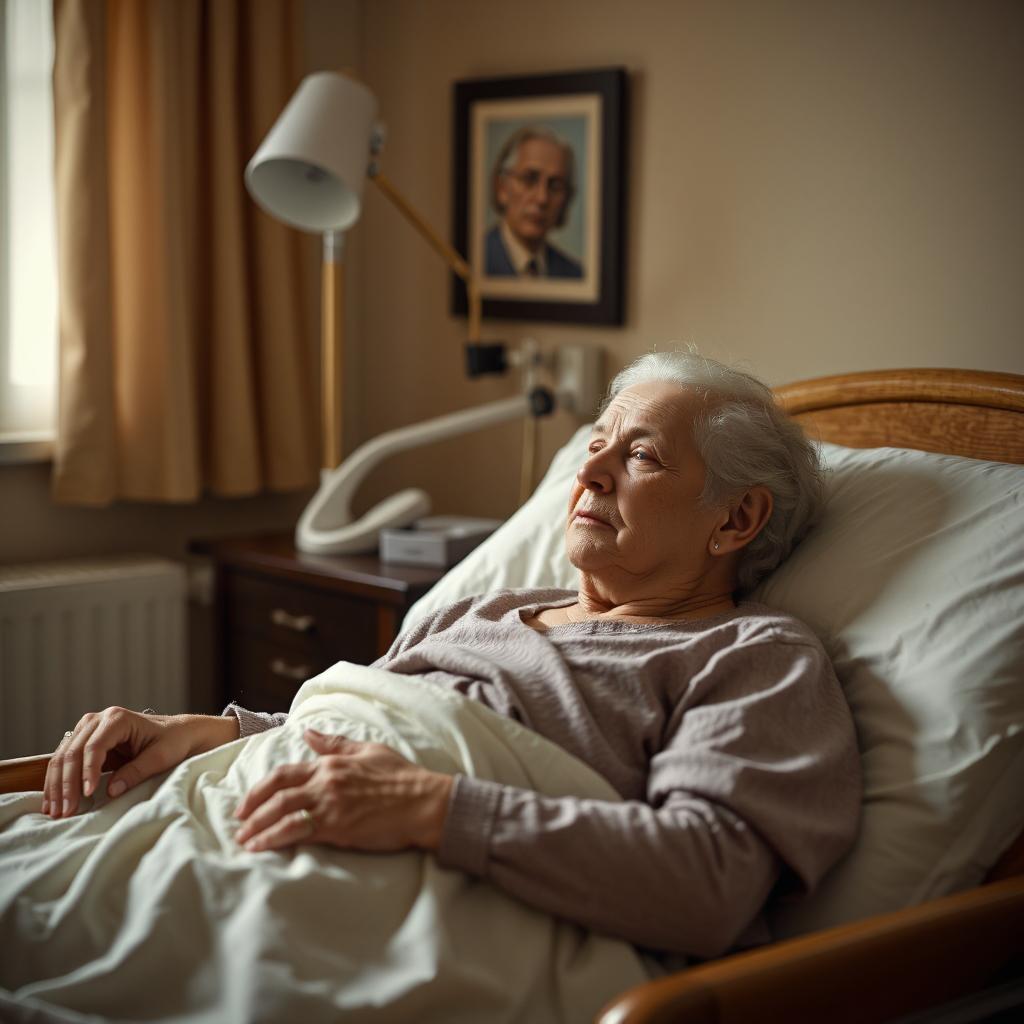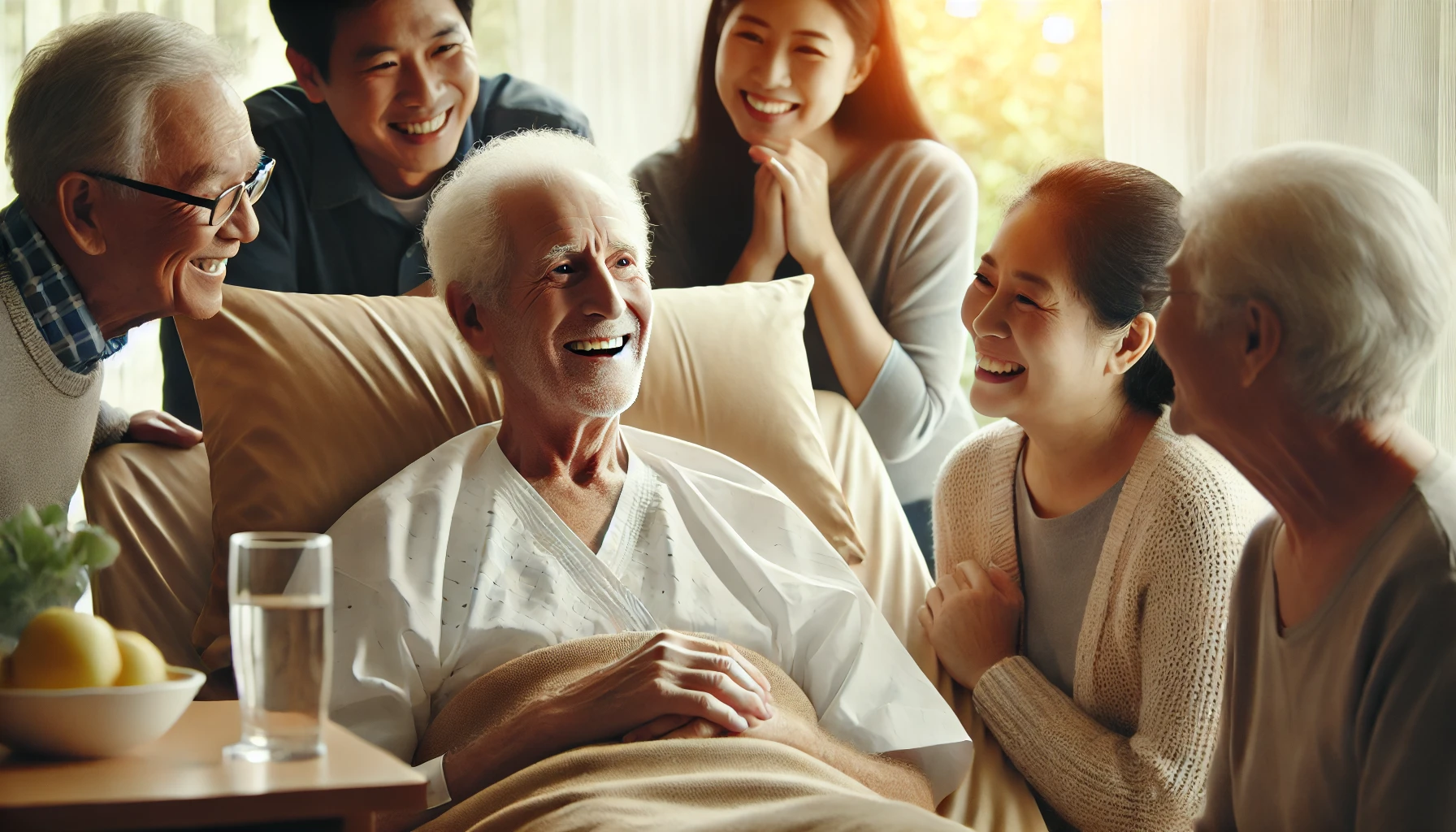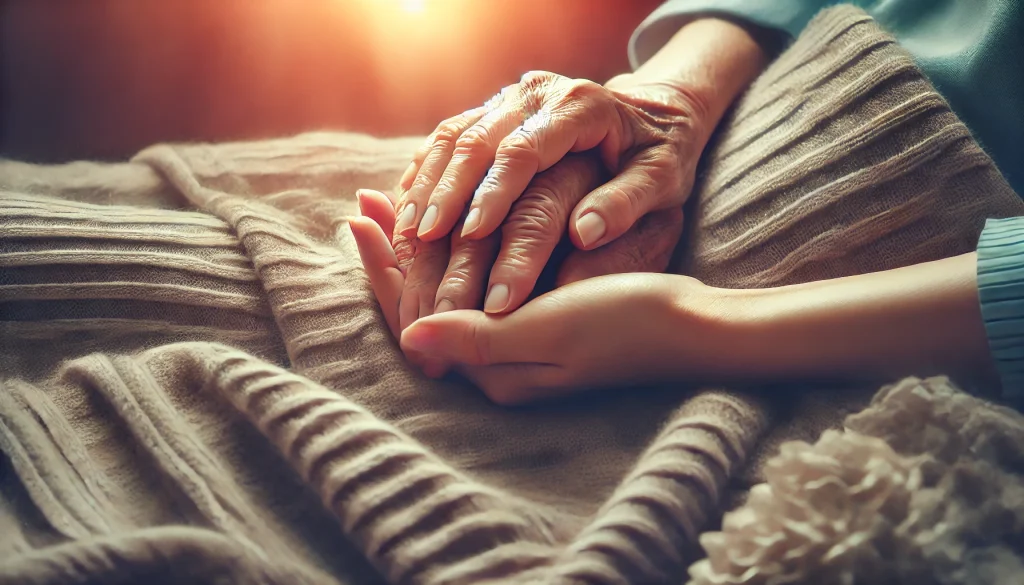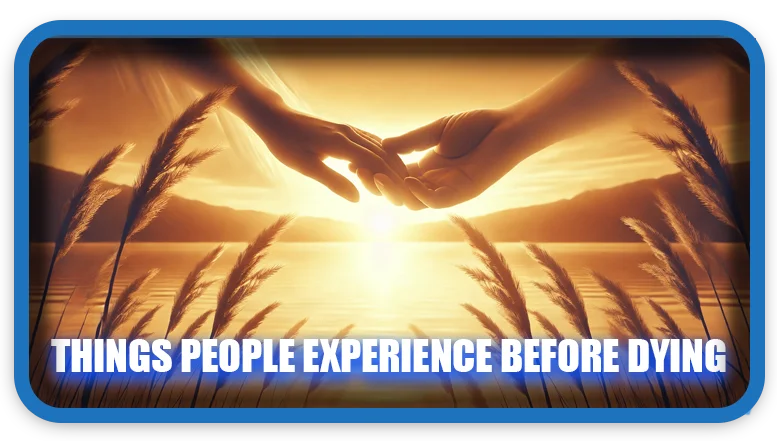⏲️ Estimated reading time: 3 min
Things People Experience Before Dying
1. Changes in Breathing Pattern
One of the first visible signs before death is a modification in breathing rhythm. This phenomenon, known as Cheyne-Stokes respiration, is characterized by alternating rapid and deep breaths followed by long pauses. For loved ones, this change can be distressing, as it may seem like the person is struggling to breathe.

However, this is not a sign of pain but rather a natural process as the body adapts to the slowing of vital functions. It is important not to panic and to understand that this type of breathing does not mean the person is in distress.
2. The Mysterious “Death Rattle”
Another often misunderstood phenomenon is the “death rattle,” a deep and sometimes unsettling sound that occurs in the final hours of life. This sound is caused by the accumulation of saliva in the throat; the body no longer receives signals to swallow, and breathing causes vibrations in these secretions.

Although this noise can be concerning for loved ones, it is essential to understand that it does not indicate pain. It is simply a result of the body’s natural decline. Medical care can help reduce the sound, but it remains a natural part of the dying process.
3. A Sudden Drop in Energy Followed by a Temporary Surge
Many terminally ill patients experience extreme fatigue, becoming unable to speak or interact. However, an unexpected phenomenon can sometimes occur: a sudden surge of energy, during which the person becomes lucid, talks, smiles, or seems to improve.

This phenomenon, known as “terminal lucidity” or “the rally,” can be misleading. It may give loved ones false hope of recovery, while it is often a sign that death is imminent. This sudden burst of energy is caused by a rush of neurotransmitters in the brain just before the body slows down permanently.
4. Gradual Loss of Physical Sensation
As death approaches, the body reduces blood flow to the extremities to prioritize vital organs. This leads to a feeling of coldness in the hands and feet, sometimes accompanied by a bluish tint on the skin.

Loved ones may feel the urge to warm the patient, but it is better to offer comfort through gentle gestures such as holding their hand or placing a light blanket over them. The dying person does not suffer from this sensation, as it is simply part of the body’s natural shutting-down process.
5. Confusion and Comforting Visions
Many patients report seeing deceased loved ones or describing visions of peaceful landscapes. These experiences, often seen as mystical, are actually common and natural. They are likely caused by specific brain activity during the dying process but seem to provide comfort to the dying person.

Loved ones may feel confused by these statements, but it is important not to contradict them and instead offer gentle support. These visions often help ease the transition toward the end of life.
Conclusion: A More Peaceful End of Life Through Awareness

The end of life is a difficult time for loved ones. Understanding what happens can bring peace and acceptance. The signs described should not be seen as suffering but as natural stages of the body shutting down. By staying informed, we can better support loved ones and provide them with comfort in their final moments.
Only logged-in users can submit reports.
Discover more from HelpZone
Subscribe to get the latest posts sent to your email.

